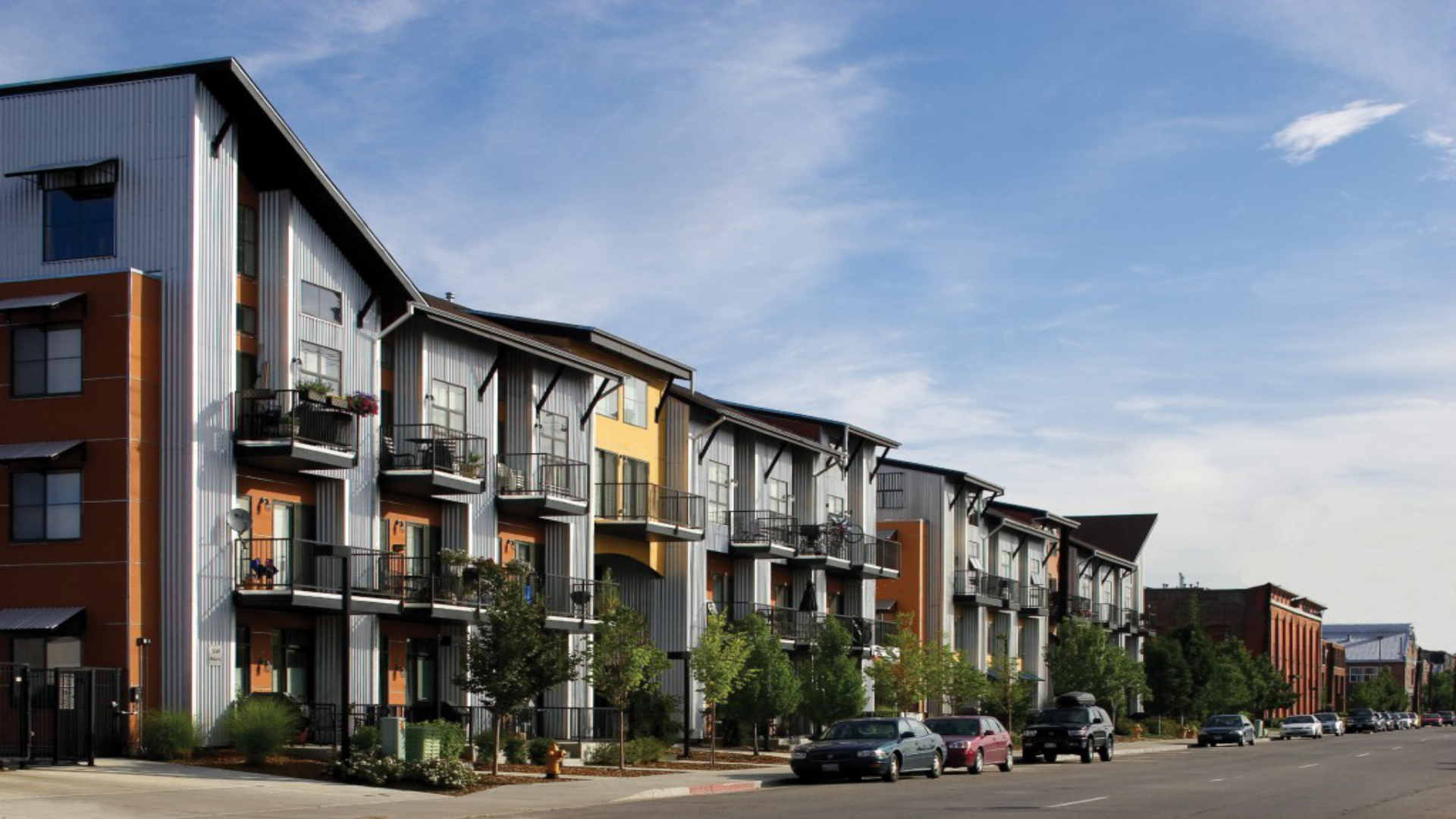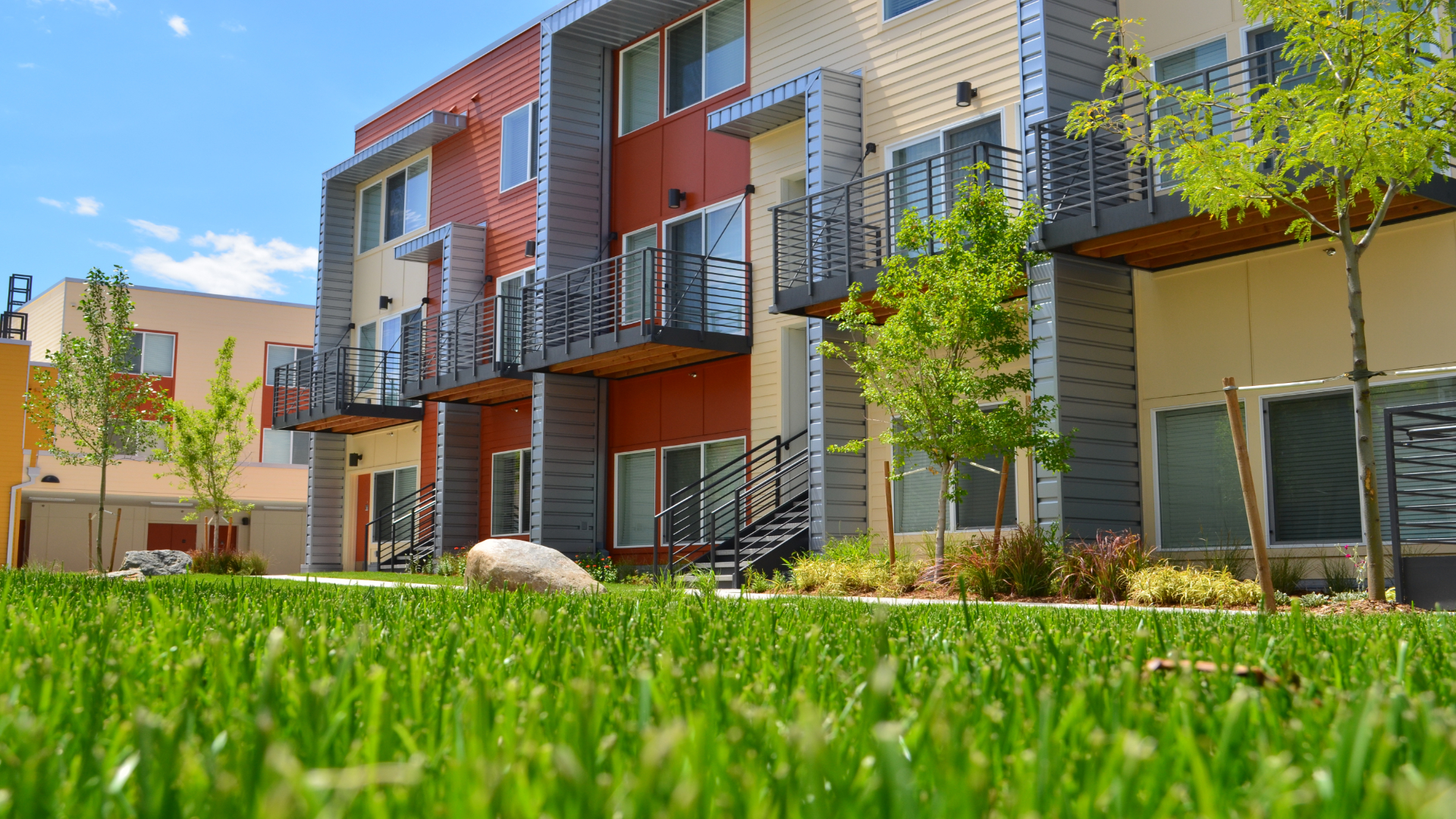5 key facts about this project
The design located in Gauja National Park is centered on melding a new structure with the surrounding landscape, enhancing the experience for visitors. Set in Latvia's beautiful natural environment, the project aims to celebrate the area's distinct character through thoughtful design. The concept emphasizes environmental harmony, using a form that connects with the local topography and plant life.
Structural Integration
The design employs soft lines and gentle curves that promote interaction with the landscape. By using trees as natural supports, the structure creates a light appearance that minimizes its visual impact. This choice shows a commitment to integrating architecture with the environment, resulting in a space where natural and built forms coexist.
Visitor Experience
The bridge acts as an important entry point for walkers, connecting with existing paths to create smooth transitions through the park. Ramps are designed wider at their base, allowing for easier movement. This focus on pedestrian flow improves accessibility while keeping the area’s visual harmony intact.
Environmental Considerations
An effective water deck drainage system is part of the design, managing rainwater runoff from the ramps. Channels direct rainwater to nourish nearby plants, encouraging ecological balance. This feature addresses practical drainage needs and reflects a commitment to environmental awareness.
Material Application
The project uses specific materials to ensure durability and strength. A wooden deck offers a sturdy walking surface, while a concrete slab provides solid support. The inclusion of cement board adds longevity, and the steel structure gives necessary stability. These choices align with the overall design goal, enhancing the connection between the built environment and the landscape.
A notable design detail emerges in the way the ramps encourage natural water management, underscoring a respect for the environmental context while marrying functionality with ecological care.























































